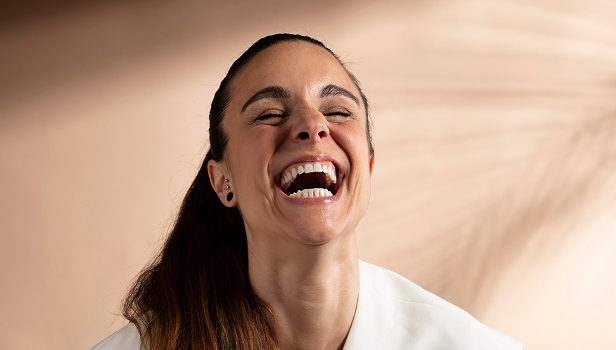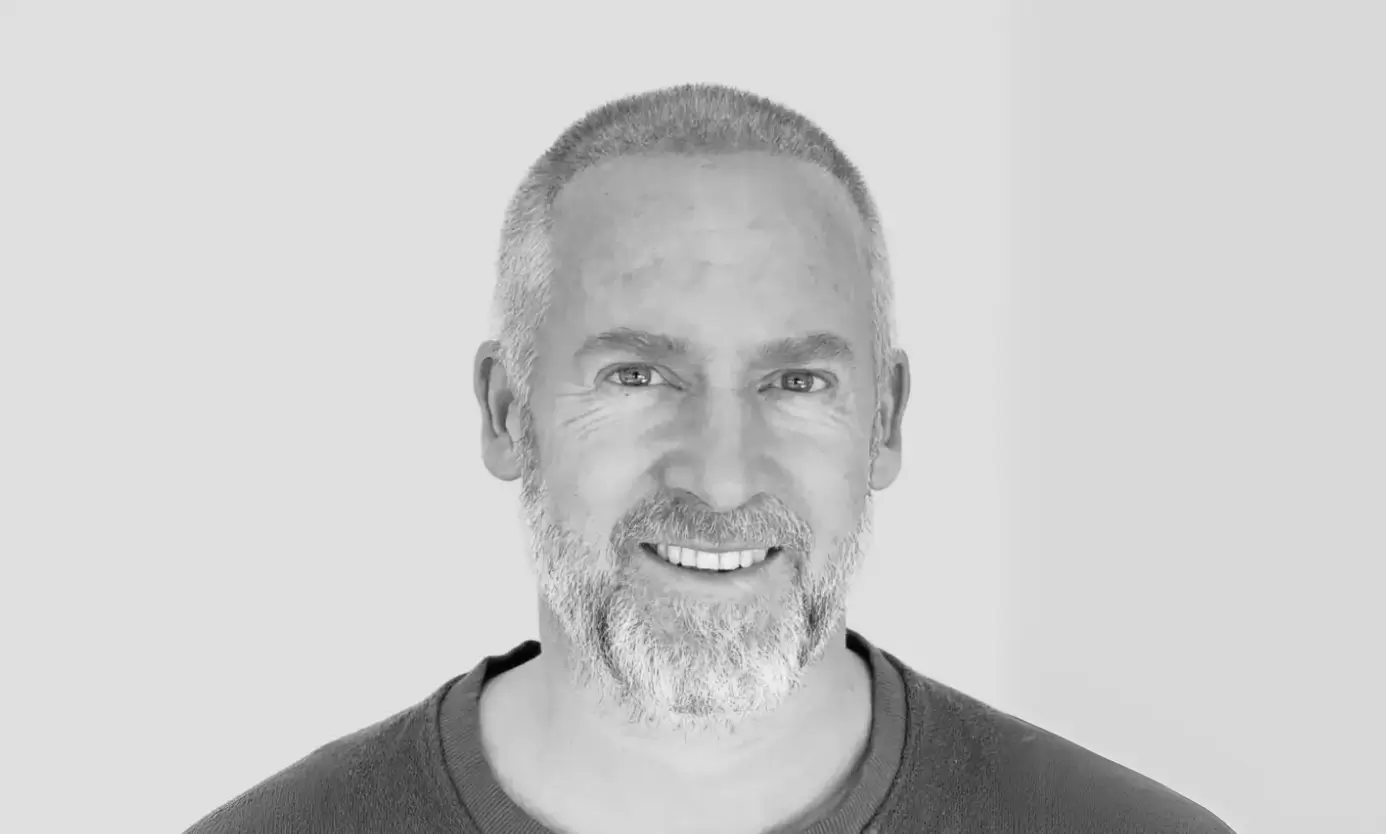Shock loss after a hair transplant is a distressing yet temporary phenomenon where existing hair falls out due to trauma from the procedure. It is a natural response to surgical intervention and should not be mistaken for transplant failure. There are two types of shock loss:
Graft Shedding – Newly transplanted hairs fall out within the first few weeks. This is normal, as the follicles enter a resting phase before new growth begins.
Native Hair Loss – Surrounding, non-transplanted hair weakens and falls out due to surgical trauma, a condition most common in patients with weaker pre-existing hair.
At Ideal of MeD, we understand how frustrating this phase can be. That’s why we focus on proven solutions to support hair transplant recovery. One such approach is MSC Exosome Therapy, which, when injected during the transplant procedure, can help minimize inflammation and reduce the likelihood of shock loss. However, once shock loss has already begun, exosome therapy does not reverse it.
To give you clarity and peace of mind, we’ve put together this comprehensive guide covering everything you need to know about shock loss, what to expect, and how to ensure the best possible hair transplant results.
Shock Loss After a Hair Transplant: What to Expect

Shock loss or post‑transplant shedding is nothing to worry about. Once your scalp has healed and the follicles have entered their next growth phase, you’ll see new follicles. Shedding usually occurs two to 12 weeks after a transplant, with regrowth over four months to one year.
In the months after your transplant, new hairs will appear, becoming thicker and denser with time. This replenishes both the original area affected by hair loss or thinning and any other locations around your scalp impacted by shedding.
Clients can usually distinguish between ongoing hair loss and shedding, although they may notice extra hairs on their brush or pillow.
What causes Shock loss?
Shock loss is triggered by several factors, including:
- Surgical trauma – Incisions and graft placement can stress the scalp.
- Poor scalp circulation – Limited oxygen supply to follicles post‑surgery.
- Inflammation – A natural response to surgery that can cause follicular stress.
- Pre‑existing weak hair – Hair already on the verge of shedding can accelerate in its loss.
- Lifestyle factors – Smoking, alcohol, processed foods, and heat or sun exposure can exacerbate follicular stress and impair recovery.

The Appearance of Your Hair During Shock Loss
Patients normally see shedding primarily around the transplant area or in the parting, crown, or hairline, depending on where the transplant was performed. Shedding means the follicle has transitioned into the resting phase, and the hair shaft will fall out while the root remains intact within the scalp.
Proper aftercare is crucial to ensure that follicle roots remain unaffected and heal safely within the scalp. However, certain actions can lead to unnecessary shedding, such as:
- Excessive itching or irritation of the scalp.
- Washing too soon after the procedure.
- Exercising too early, leading to increased sweating and stress on the scalp.
- Exposure to chemicals or direct sunlight before the follicles have healed.
- Smoking and alcohol, which restrict oxygen delivery and circulation around grafts.
Shock Loss After a Hair Transplant: Impact on Non‑Transplanted Hair
In some cases, non‑transplanted hair may shed due to the natural hair cycle or as a reaction to the transplant procedure. Most clients experience minimal shock loss in these areas, with shedding peaking around two weeks post‑procedure.
Proper aftercare is key to ensuring these hairs regrow in good time. If excessive shedding occurs in non‑transplanted areas, consult your aftercare coordinator for expert guidance on scalp recovery and hair regrowth strategies.
Shock Loss After a Hair Transplant: Impact on Donor Areas
The donor area—typically at the back of the scalp—contains thick, dense hair. Shedding in this area is rare and usually happens only after low-quality transplant procedures. At IdealofMed we ensure that donor hairs are extracted strategically, preserving hair density and minimizing trauma.
How long does shock loss last?
Most cases resolve within 2 to 4 months, with new, healthier hair beginning to grow as the scalp heals. However, the duration varies based on individual healing capacity and post-transplant care.
Typically, shedding occurs between 2–8 weeks, with shock hair loss peaking around 2–4 weeks after the procedure. However, when MSC Exosomes are injected during hair transplant surgery, shock loss is very rare, as they accelerate healing and support follicle survival.
We include MSC Exosomes in our Premium and Executive packages. For clients who choose other packages, MSC Exosome Therapy can be added as an upgrade. This therapy combines PRP with Exosomes, using three syringes instead of one—delivering ten times the effectiveness of PRP alone. Opt for this combination to enhance your results and minimize shedding.
Can You Prevent or Minimize Shock Loss?
While shock loss cannot be always avoided, the following strategies can help reduce its severity:
- MSC Exosome Therapy – Exosomes derived from mesenchymal stem cells (MSCs) accelerate healing, reduce inflammation, and enhance follicular survival exponentially.
- Scalp Micronutrients – Ensuring adequate intake of biotin, vitamin D, and iron supports hair health.
- Proper Diet – Sticking to a clean diet, free from overly processed foods is highly recommended.
- Gentle Post-Op Care – Download the Hair Back App for comprehensive post-op care instructions. Avoid excessive touching, washing, heat or sun exposure to the scalp.
- Lifestyle Adjustments – Eliminating smoking and processed foods aids recovery.
- Low-Level Laser Therapy (LLLT) – Improves scalp circulation and supports regrowth.
- Stress Management – Cortisol spikes from stress can worsen hair loss.
MSC Exosomes: The Future of Shock Loss Recovery
MSC Exosomes offer a groundbreaking approach to shock loss prevention and recovery. These extracellular vesicles contain regenerative growth factors that:
- Reduce inflammation – Minimizing trauma-related follicular damage.
- Enhance cell communication – Promoting faster follicle stabilization.
- Improve scalp environment – Strengthening existing and transplanted follicles.
- Encourage quicker regrowth – Shortening the shedding phase.
Our MSC Exosome Therapy is a premium solution designed to optimize transplant outcomes, ensuring faster healing and superior results.
Final Thoughts on Shock loss
While shock loss can be disheartening, it is a temporary phase in the hair transplant process. Proper scalp care, lifestyle adjustments, and advanced treatments like MSC Exosome Therapy can significantly improve hair retention and growth outcomes. If you’re concerned about post-transplant shedding, consulting with us ensures that you receive cutting-edge solutions for the best possible results.
FAQ: Shock loss after a hair transplant
No, shock loss is temporary. Hair typically regrows within 3 to 6 months, though full recovery may take up to a year, depending on individual healing factors.
While it cannot always be prevented, treatments like MSC Exosome Therapy can reduce its severity.
New hair growth usually begins 3 to 6 months post-transplant. However, it can take up to 12 to 18 months for full thickness and density to develop.
No, only the hair shafts of the grafted follicles may shed temporarily. The follicles remain intact and will produce new hair. Some native hair surrounding the transplant site may also experience temporary shedding due to surgical trauma.
Shock loss is primarily caused by surgical trauma to the scalp, but stress and elevated cortisol levels may contribute to prolonged shedding or delayed regrowth. Practicing stress management can support hair recovery.
Yes, MSC Exosome Therapy is one of the most effective ways to accelerate healing and minimize shock loss duration.




